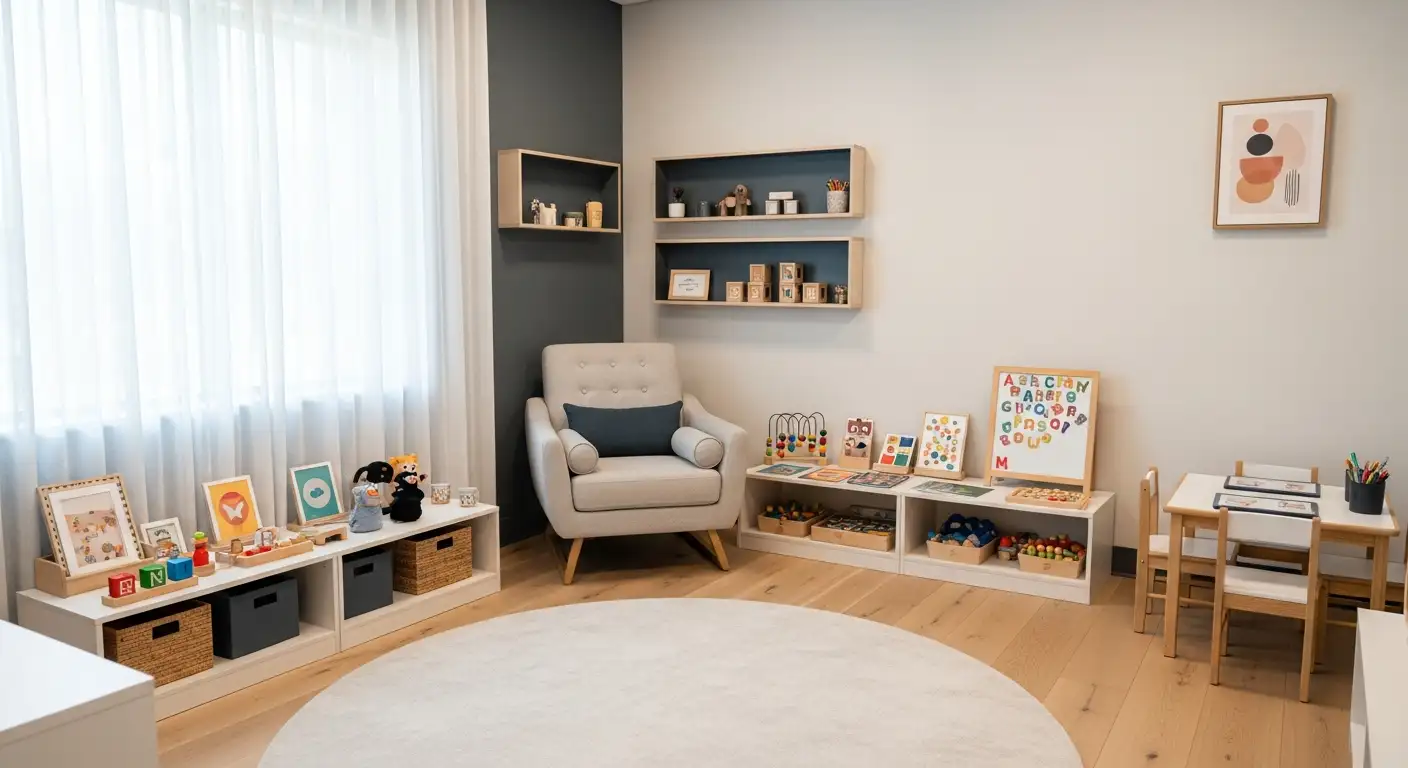Group Homes for Autistic Adults
Creating Inclusive and Supportive Residential Environments
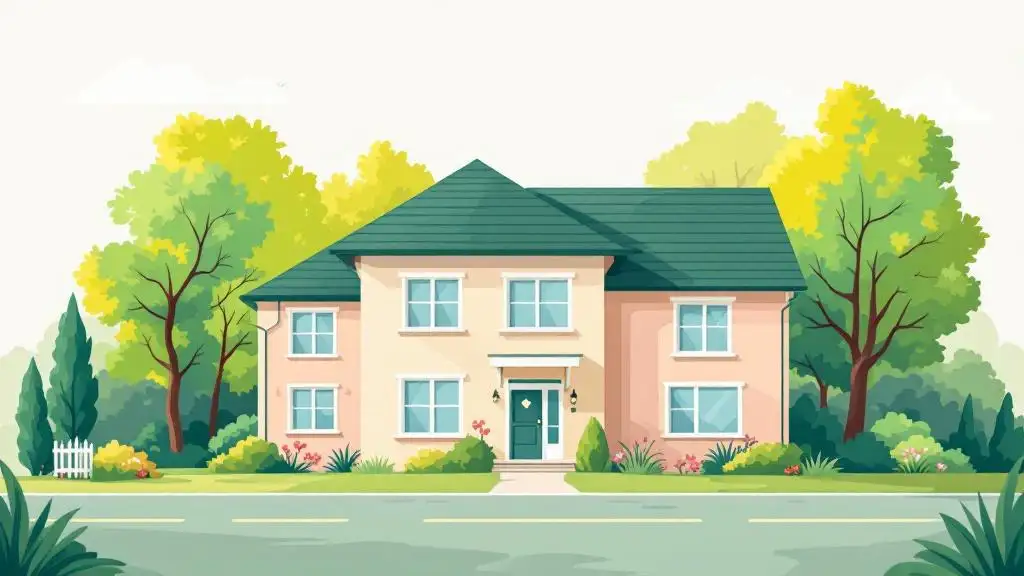
Understanding Housing Options for Adults with Autism
As awareness and understanding of autism grow, so too does the variety of housing options designed to meet the diverse needs of autistic adults. From community-based independent living to specialized group homes, residential settings aim to promote independence, safety, and social participation. This article explores the different types of group homes and supported living arrangements, emphasizing their services, operational models, eligibility criteria, and educational resources that empower autistic adults to find suitable, enriching housing solutions.
Diverse Housing Solutions for Autistic Adults
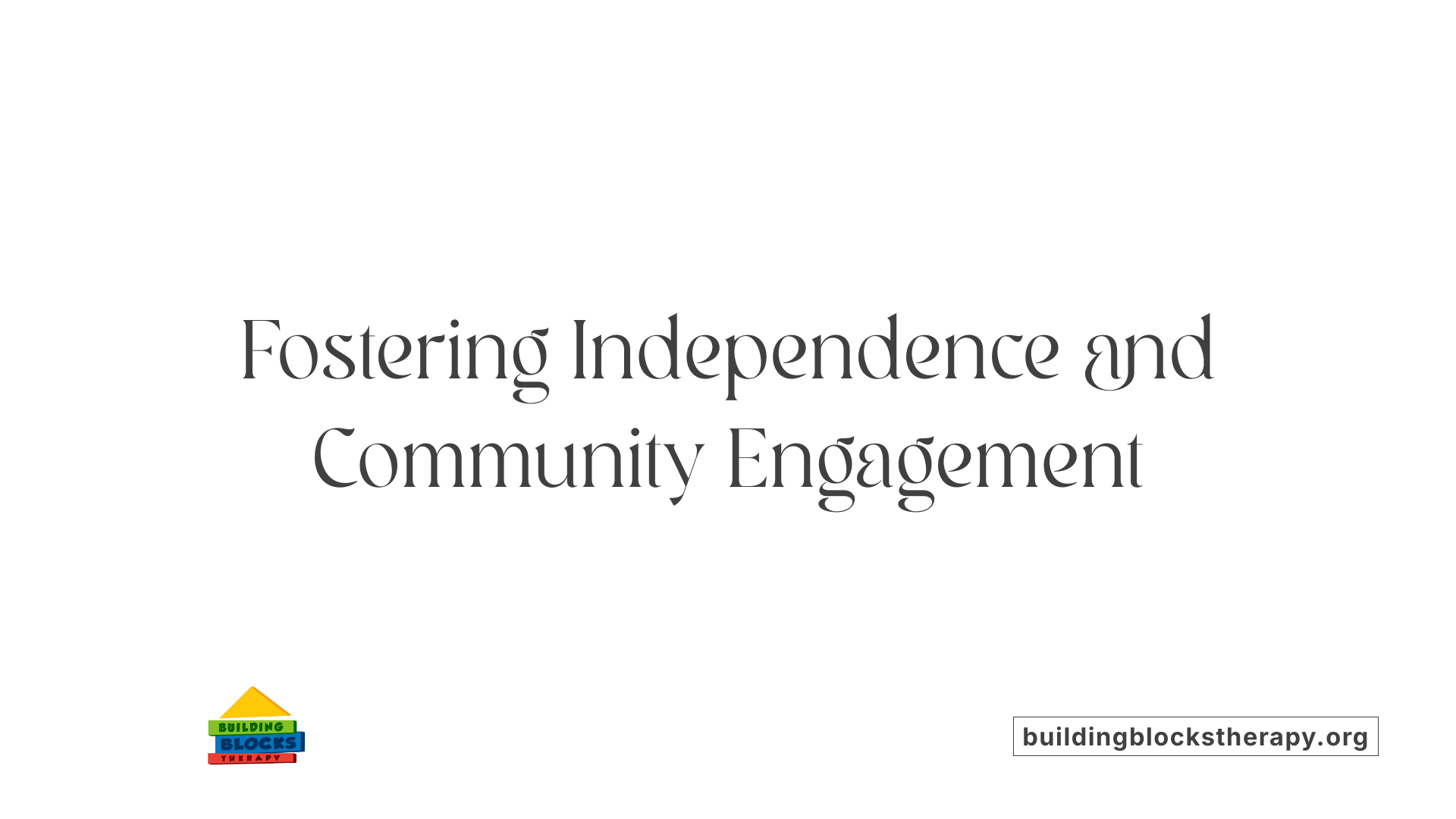 Housing options for autistic adults are designed to meet a variety of needs, emphasizing independence, safety, and community involvement. Supportive living models include both single-site and scattered-site arrangements, which connect residents to both disabled and non-disabled communities. These options promote integration and offer residents more autonomy compared to traditional group homes.
Housing options for autistic adults are designed to meet a variety of needs, emphasizing independence, safety, and community involvement. Supportive living models include both single-site and scattered-site arrangements, which connect residents to both disabled and non-disabled communities. These options promote integration and offer residents more autonomy compared to traditional group homes.
Community-integrated housing encompasses family-style homes, subsidized apartments, and intentional communities created specifically for neurodiverse individuals. These residences often focus on fostering social interaction, skill development, and a sense of belonging. Nonprofit organizations like the Autism Housing Network and The Arc develop innovative housing programs that emphasize neuro-inclusion and personalized support.
The range of available housing options includes supervised group homes, supported apartments, and specialized residential communities. Facilities such as Intermediate Care Facilities (ICFs), Individual Residential Alternatives (IRAs), and Supportive Apartments provide varying levels of assistance and independence. For example, ICFs offer 24-hour staffing for individuals with significant physical and cognitive challenges, while Supportive Apartments cater to those capable of managing daily tasks with minimal assistance.
To support access, numerous government programs and funding sources are available. Initiatives such as the NYC Affordable Housing Lottery, NYCHA housing, and federal programs like SSI and TANF help make housing financially attainable. Grants, emergency benefits, and online resources further facilitate finding suitable accommodations.
Local organizations like AHRC New York City, HCS Brooklyn, and Heartshare create and manage residences tailored to residents’ needs. These include community-based group homes, lifelong support services, and specialized facilities for medically fragile individuals with disabilities.
Overall, the landscape of housing for autistic adults is evolving, with increasing efforts to expand options that promote independence, accessibility, and community participation.
| Housing Type | Description | Support Level | Additional Features |
|---|---|---|---|
| Group Homes | Residential settings with specialized staff | Moderate to High | Co-located with educational and therapeutic services |
| Supported Apartments | Private units with occasional support | Low to Moderate | Focus on independent living skills |
| ICFs | Facilities with around-the-clock nursing and support | High | For medically frail residents |
| IRAs | Home settings with tailored support | Moderate | Emphasizes community involvement |
| Community Homes | Family-like residences in neighborhoods | Varies | Promote social integration |
Group Homes: What They Are and How They Support Autistic Adults
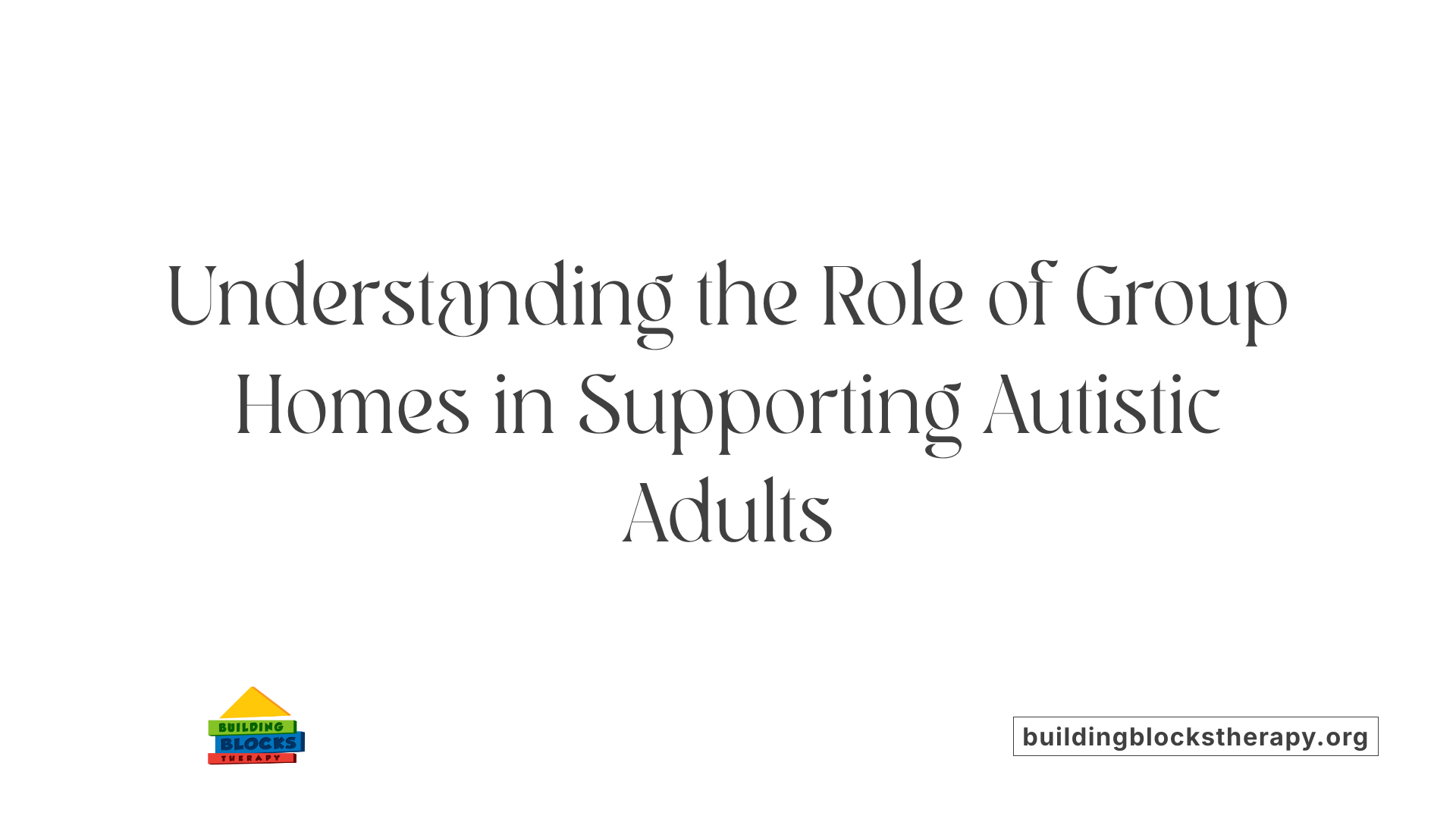
What is a group home, and what services does it typically provide for autistic adults?
A group home is a type of supported living arrangement designed for adults with disabilities, including autism. These residences offer a secure and nurturing environment where residents can live with peers and access personalized care. Typically, group homes foster a family-like atmosphere, encouraging residents to participate in daily routines such as cooking, cleaning, and shopping. This approach helps promote independence and build essential life skills.
Support services in these homes include assistance with daily activities like grooming and medication management, along with healthcare oversight provided by trained professionals. Behavioral support, social skills training, and opportunities for community involvement are also integral aspects of life in a group home. Many organizations, such as Aspire Community Homes and Little Friends Residential Services, tailor their services to meet individual needs, focusing on personal growth and social connections.
Overall, group homes aim to enhance quality of life by offering a safe, supportive environment where autistic adults can develop independence, improve social skills, and participate actively in their communities. These homes provide not just safety but also opportunities for meaningful interactions, lifelong learning, and community engagement.
Supportive housing models and environments
Supportive housing can vary from single-site residences to scattered-site models connected to broader communities. While some homes favor a family-like setup, others are part of larger networks connected to health and social services.
It’s important to avoid overly restrictive environments such as gated communities or closed-off group homes, which may limit residents' autonomy. Instead, many organizations promote community-based, accessible options that foster independence and social integration.
Resources and support networks
Connecting with local organizations like CIDNY, QSAC, and ADAPT Community Network can help autistic adults and their families find affordable, accessible housing options. Government programs such as TANF, SSI, NYC Affordable Housing Lottery, and NYCHA further assist with housing needs. These agencies and programs provide valuable resources, including emergency benefits, housing search websites, and grants, ensuring a comprehensive support system.
| Housing Type | Features | Support Focus | Location Examples |
|---|---|---|---|
| Group Homes | Family-style, shared responsibilities | Daily living, social skills, independence | Brooklyn, Queens, Staten Island |
| IRAs (Individual Residential Alternatives) | Personalized apartments or homes | Independence, community involvement | Across New York State |
| Supportive Apartments | Minimal assistance, community focus | Self-management, social integration | Long Island, Westchester |
In sum, supported housing options for autistic adults are diverse, offering tailored services that promote independence, personal development, and community participation.
Operational Models and Support Levels in Group Homes
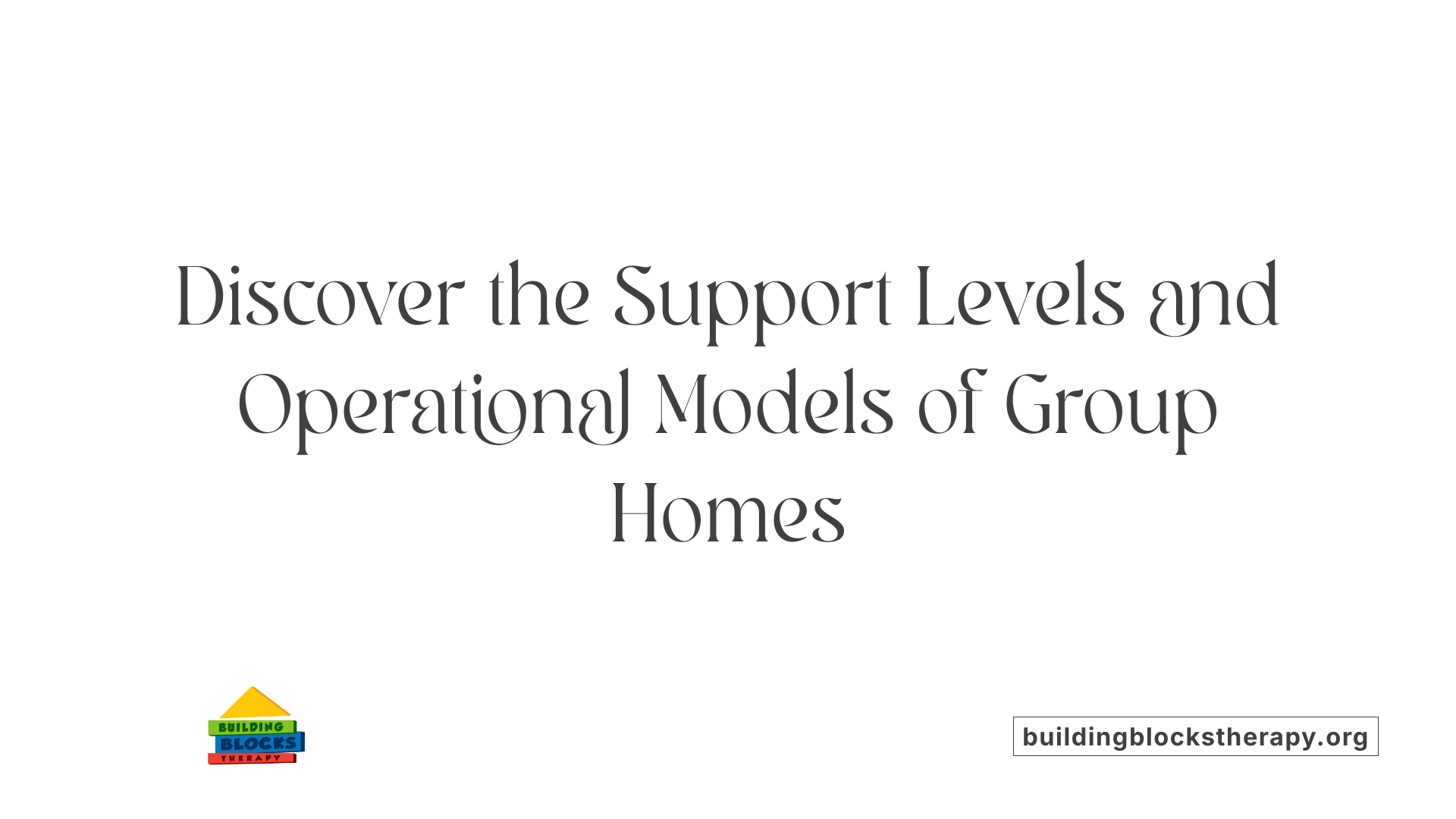
How do group homes operate, and what support levels do they provide for autistic adults?
Group homes are a vital part of community living for autistic adults, offering a range of support based on individual needs. Each home is staffed by trained professionals who are dedicated to assisting residents with daily activities, social skills, and community engagement.
Support levels in these homes vary significantly, allowing residents to progress towards greater independence as they develop skills. The different models include highly supervised environments with 24/7 care and more independent settings with less direct oversight.
Different levels of support from intensive supervision to semi-independence
Support levels are categorized into several levels, often aligned with the state’s Residential Care Regime (CRR).
| Level | Description | Typical Support Features | Resident Needs Addressed |
|---|---|---|---|
| CRR Level I & II | Intensive support with full-time staff | 24-hour supervision, assistance with daily activities, behavioral support | Individuals requiring constant oversight due to significant challenges |
| CRR Level III | Moderate support for daily living | Partial day or night staffing, assistance with medication, skill development | Those moving towards independence, needing some supervision |
| CRR Level IV | Minimal face-to-face support | On-call services, minimal direct contact, emergency support | Adults capable of managing most tasks but needing occasional help |
Staff roles and personalized support plans
Staff members in group homes play diverse roles, from direct caregiving to program coordination. They carry out personalized support plans tailored to each resident's goals, strengths, and needs.
These plans include activities like skill-building in household chores, communication improvements, and social interactions. Ongoing assessments ensure that services evolve with residents' progressing abilities.
The focus remains on fostering independence while ensuring safety and well-being. Each resident's journey is supported with quality care, respect, and individualized attention designed to enhance their quality of life and community participation.
Admission and Eligibility Criteria for Group Homes
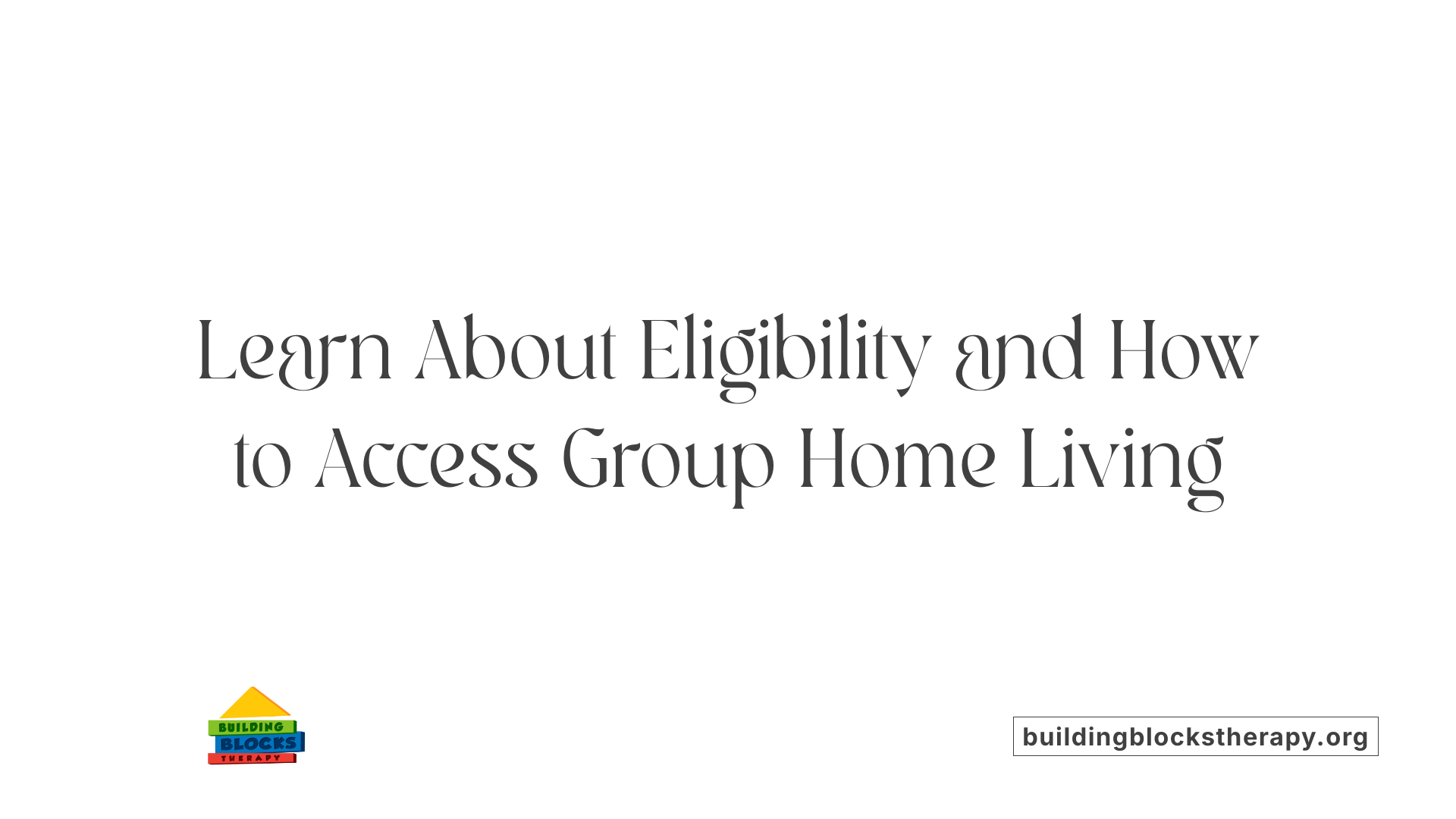
What are the eligibility criteria and the admission process for placement in a group home for autistic adults?
For autistic adults seeking to live in a group home, specific eligibility requirements and a structured process are involved. The primary eligibility criterion is OPWDD (Office for People With Developmental Disabilities) Waiver eligibility. This is determined through a formal assessment during a Front Door session with OPWDD, which evaluates the individual's need for support and services.
Once eligibility is established, a Care Coordinator from an authorized Care Coordination Organization (CCO) is assigned to guide the individual through the next steps. The Care Coordinator acts as a connected support figure, helping to identify suitable residential options.
The process includes submitting a request for residential placement to the OPWDD Certified Residential Opportunities (CRO) division. During this stage, preferences are discussed, and current available options are reviewed. The person and their support team can tour potential residences to assess suitability.
An important part of the process allows individuals to personalize their living experience. Prospective residents can bring personal belongings to their new home or have necessary supplies provided by the residence, ensuring comfort and familiarity.
Overall, the admission procedure combines assessments, personal preferences, and coordination among support agencies. The goal is to ensure placements are person-centered, safe, and supportive of individual needs, promoting independence and well-being in a community setting.
Support Services, Facilities, and Community Engagement
What types of support services, programs, and facilities are typically available within group homes for autistic adults?
Group homes for autistic adults are equipped to offer a wide range of support tailored to residents' individual needs. These often include assistance with daily living activities such as cooking, dressing, grooming, and bathing, enabling residents to maintain personal independence.
Medication management is another critical service, with trained staff overseeing prescriptions and health routines. Behavioral support is tailored to address specific challenges, promoting positive social and communication skills.
Staffing in these homes generally provides 24/7 availability, ensuring help is accessible whenever needed. The goal is to foster independence while maintaining safety and well-being.
Facilities are designed with safety, accessibility, and comfort in mind. Features include ramps, wide doorways, and sensory-friendly spaces. Regular safety inspections and personalized care plans ensure each resident’s unique needs are met.
Beyond basic care, group homes typically offer additional programs such as recreational activities, therapeutic services, and vocational training. These activities help residents develop skills, social connections, and a sense of community.
Community engagement is a key component, with residents encouraged to participate in outings, employment programs, and social events. This approach helps integrate autistic adults into the neighborhoods they live in, promoting a fulfilling, independent lifestyle.
By combining comprehensive support services with supportive facilities, group homes aim to improve quality of life and promote growth for autistic adults, helping them thrive in safe, welcoming environments.
Supporting Autistic Adults Through Tailored Housing Solutions
Ensuring that autistic adults have access to supportive, community-oriented housing is vital for fostering independence, dignity, and inclusion. As options expand—from group homes to integrated community living—individualized plans, skilled staff, and accessible facilities play key roles in promoting meaningful engagement and quality of life. Continued development of inclusive housing policies and resources will help meet the growing demand and support autistic adults in achieving their personal goals within safe, nurturing environments.

